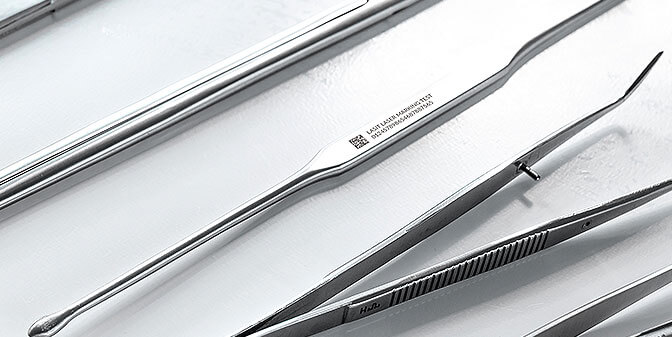Laser marking in the medical device industry is becoming important in the 21st century. Since manufacturers worldwide produce a wide variety of medical devices, it is important to identify the raw materials, instructions for use, risks, and troubleshooting options.
Many professionals offer the medial device laser marking service if you are in search of the best medical device laser marking service go through https://www.protolase.com/marking.

Image Source Google
In the event of a malfunction of an implanted device such as a pacemaker or cardioverter-defibrillator, healthcare professionals should have quick access to appropriate information about manufacturers of medical devices and products.
The traditional use for laser marking
Traditional laser marking in medical devices is primarily in the form of easy-to-read printed information on instruments such as surgical and dental instruments. Laser marks must withstand years of sterilization and regular use without damaging the chemical passivation or anti-corrosion coating.
However, the demands of modern medicine have expanded the use of laser marking to include such items as artificial joints, metal plates used instead of bone, and the screws that hold it together.
Modern application for laser marking
Contactless laser marking of medical devices made of metal has proven its worth here. The high-precision capability of the non-contact laser marking process ensures that the information printed on medical devices is durable and hygienic enough to be used on invasive items such as syringes, catheters, or insulin pumps.
Flashing different colors on a metal depth meter quickly is a sophisticated application that requires real precision, such as marking metal tubes. A permanent, abrasion-resistant, high-speed, high-precision laser marking type allows the use of high-alloy stainless steel, titanium, silver, ceramic, or tungsten carbide.
It can also be applied to previously unmarked materials, including polyamides and silicones used in devices such as hearing aids.
